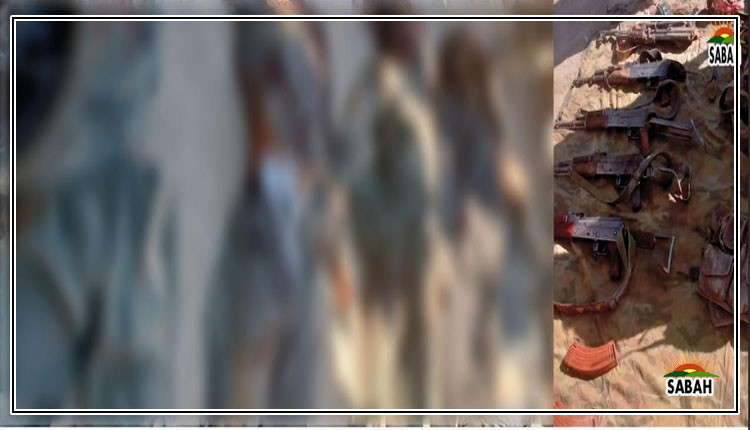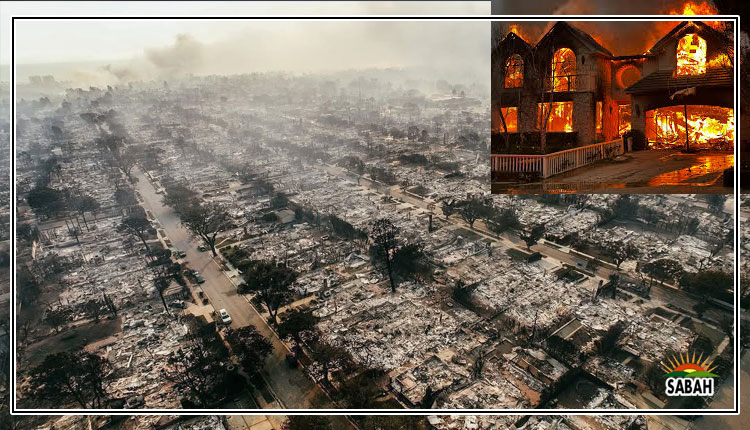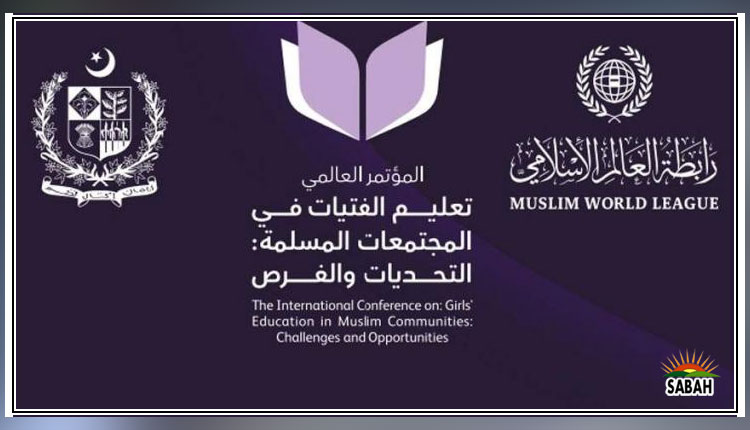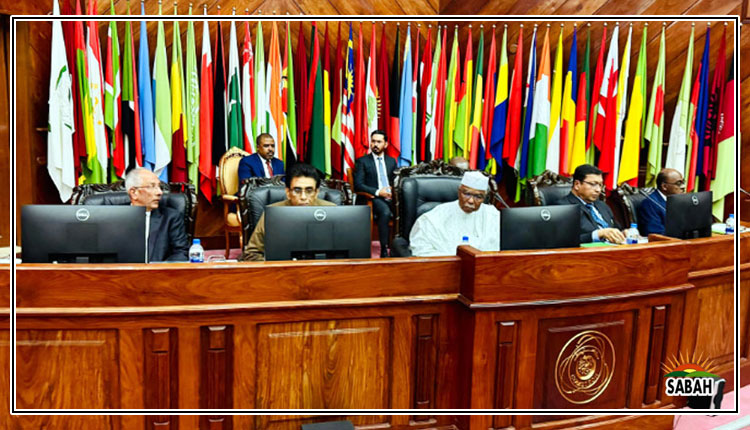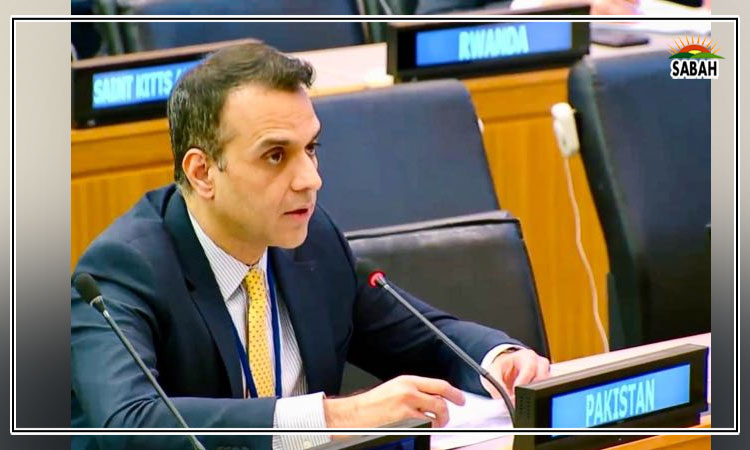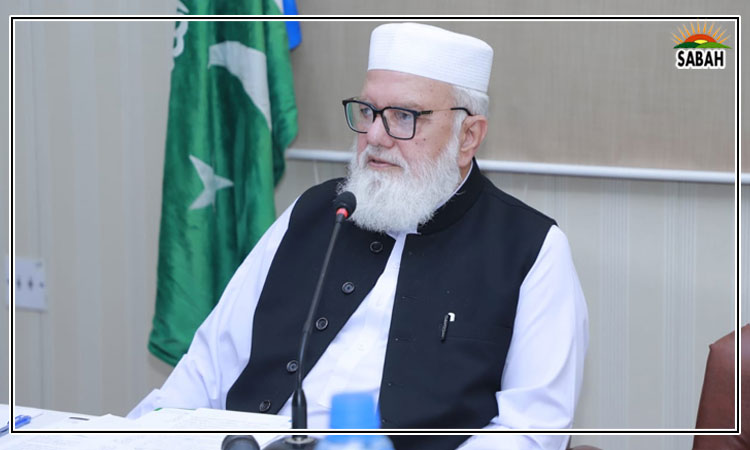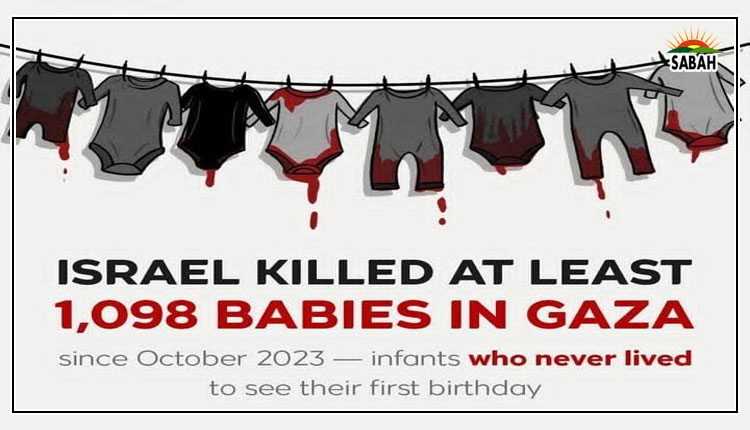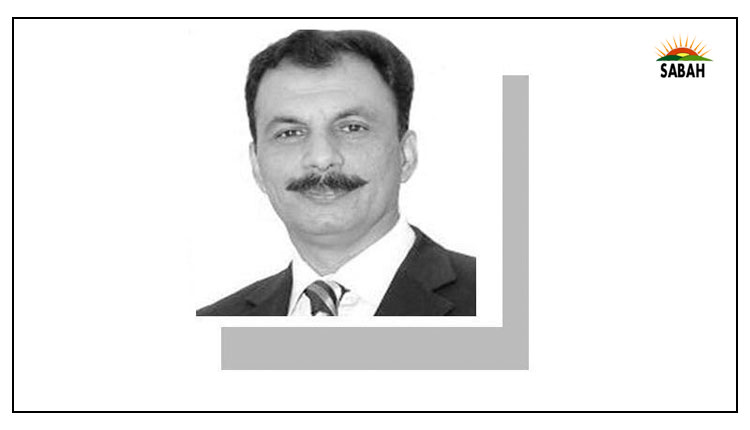Battle of ideas…Mohammad Ali Babakhel
IN Pakistan, counterterrorism is extensively discussed, but deliberations on extremisms push and pull factors remain a low priority in the discourse. The ambiguity surrounding extremisms causes has benefited extremists. There are questions that need urgent answers. For example, why have we failed to craft a well-thought-out counter-narrative; how much time and space has the media allocated to projecting a counter-narrative; what role does the indigenous community play in this respect; how can it acquire political and community ownership; what about public acceptance, institutional capacity and funding availability to implement the counter-narrative? And so on.
For us, the main issue is very basic: who defines extremism, violent extremism and radicalisation? An effective counter-narrative should not merely be the outcome of an understanding between the religious and ruling elite but, ideally, should reflect public sentiments while remaining within the limits of national security interests.
Paigham-i-Pakistan, a much-celebrated version of our states counter-narrative, is ratified by the religious elite. What about the participation of other stakeholders? By leaving it to clerics, we have framed extremism as something that revolves primarily around the misinterpretation of religion. Consequently, we have disregarded ethnic, socioeconomic and political marginalisation as push-pull factors leading to violent extremism.
The overall literacy rate of KP is 53 per cent, but literacy in south KP is as high as 63.75pc. Karak is KPs most literate district. In its neighbourhood, the literacy rate in Bannu is 46.55pc, Lakki Marwat 44.13pc, D.I. Khan 43.34pc, Kohat 58pc and Hangu 43.59pc. Besides other factors, the high literacy rate is one of the factors that has kept Karak safe from the menace of extremism. Karaks high literacy rate, the low involvement of its residents in militant activities, and the denial of space to militants all point to education as an antidote to extremism.
Education requires considerable investment, so the difference between its demand and supply needs to be addressed. It requires bringing back 22.8 million out-of-school children in Pakistan (thats 44pc of the total number of children between five to 16 years) to educational facilities. Although the 18th Amendment incorporated Article 25A into the Constitution, making it the states responsibility to ensure free and compulsory education for children aged five to 16, the real question is how to make it a reality. And what about provincial action plans?
Unemployment is another factor that multiplies extremism. According to the 2020-2021 Labour Force Survey, Pakistans overall employment rate was 42pc, while provincial employment rates were 44pc in Punjab, 42pc in Sindh, 38pc in Balochistan and 36pc in KP. More investment is needed in skills and human resource development to discourage extremism.
Extremists also use local grievances for recruitment. They have done so in certain pockets of former Fata, Balochistan and south Punjab. Redressing local grievances requires a diagnostic approach and dialogue. Where there is a lack of alternative narratives, extremists fill the void. In such a scenario, better governance, justice, stronger local governance and the active role of the religious leadership can play an important part in countering extremist narratives and rehabilitating extremists.
The media also plays a crucial role. After the commencement of peace talks between militants and the state, the media created hype, which led to miscalculation and over-expectations at the states end. In the end, the militants were able to buy space and time. Following the failure of the talks, the media consistently portrayed them as an extension of the states appeasement policy despite not understanding the motivating rationale. The best option is to keep peace talks private in the early stages; however, even during the initial stages of talks, the state should ensure a free flow of information so that speculation is limited and the medias appetite for information is catered for.
Extremism incubates in weakly governed or ungoverned areas. Administrative vacuums and weak governance always work to the advantage of extremists.
The most effective approaches are those that are regularly assessed and recalibrated. Pakistan has been confronted with extremism for four decades, but there is no holistic formal apparatus to assess it periodically. The states approach must be recalibrated accordingly. Adopting a whole-of-nation approach requires replacing the narrative of violence with one of self-worth and good citizenship.
Peaceful survival warrants winning the battle of ideas. Though it may seem too late, lets plan, invest and give it a try.
Courtesy Dawn


